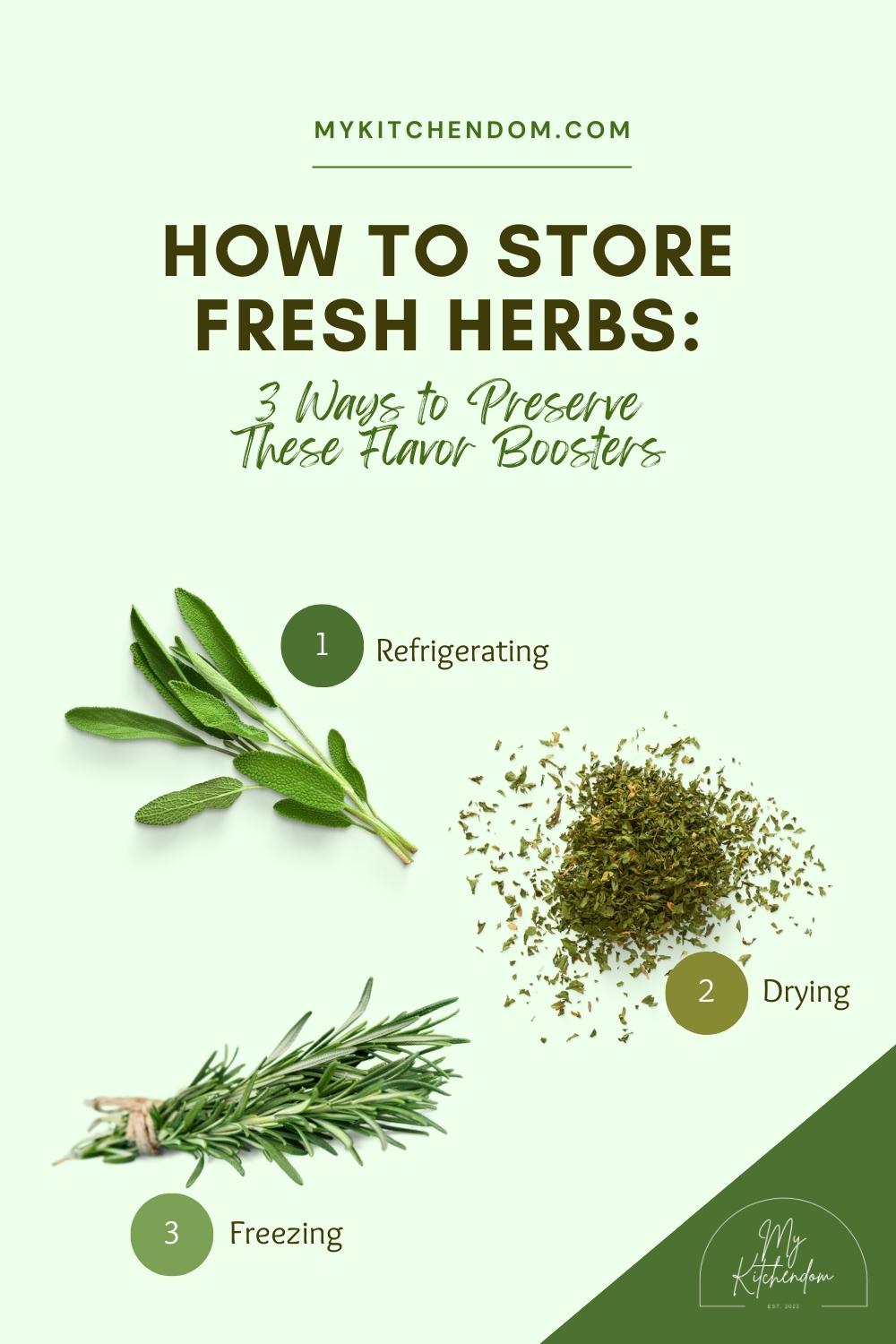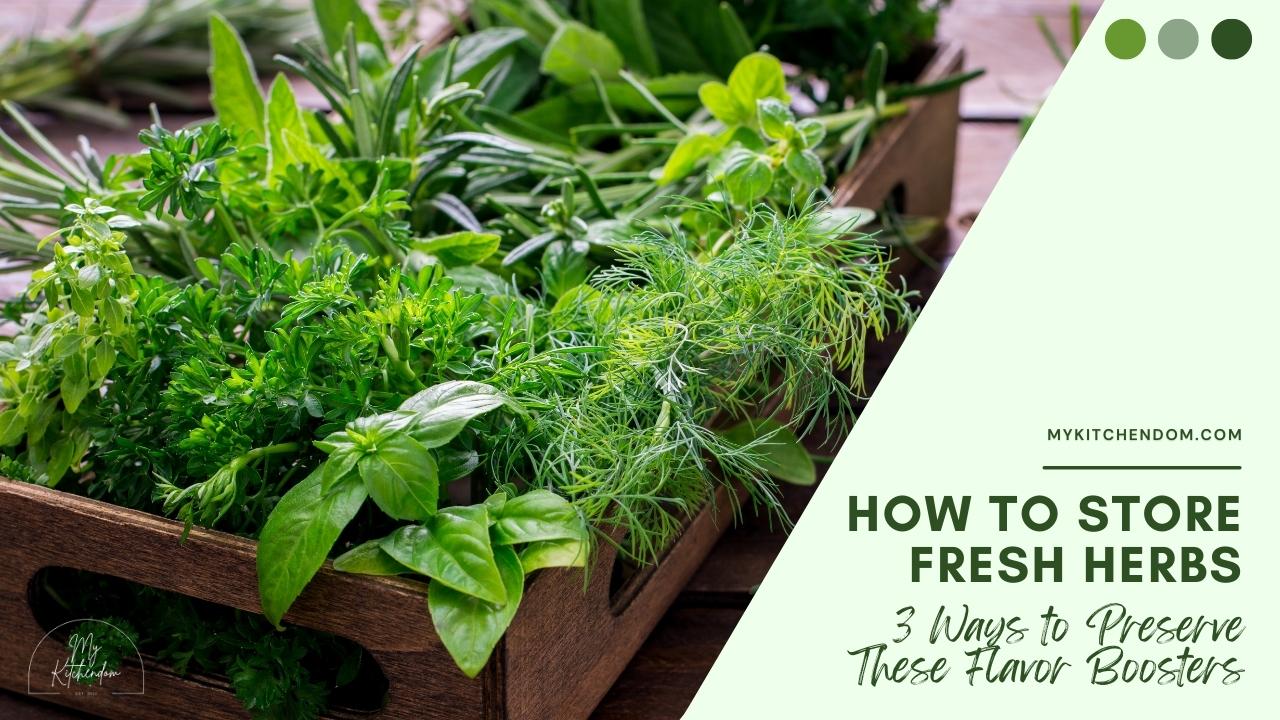Wouldn’t it be great if you can just snip fresh herbs out of your very own garden right outside your kitchen? How lovely, right? The reality though is not everyone has the space, the knack, and even the patience to keep a garden, let alone an herb garden. Well, worry not because that’s what the grocer, farmer’s market, or for some – friendly neighbors are for! You just of course have to at least know how to store fresh herbs so you can make the most out of these flavor boosters.
Different Types of Herbs
If you’re still new at cooking, distinguishing the different types of herbs can be daunting – especially when you’re not used to working with herbs in the first place. But mind you, these are great natural flavor boosters – not only do they have the best natural flavor and aroma, they also have a handful of health benefits.
Perhaps, one tip I can give you on how to identify herbs – so that you don’t overwhelm yourself, is to get acquainted with herbs one or two at a time. Try to work on simple recipes, like pasta dishes, that require only an herb or two – that way, not only are you going to be familiar with how those herbs look but with how they taste as well.
And yes, there are tons of herbs out there, from the most used herbs to the most expensive herbs – you name it. You’ll find some that aside from their culinary usage also has medicinal or cosmetic purposes as well.
For the purpose of storing fresh herbs, you should be able to categorized them into tender herbs and hard herbs.
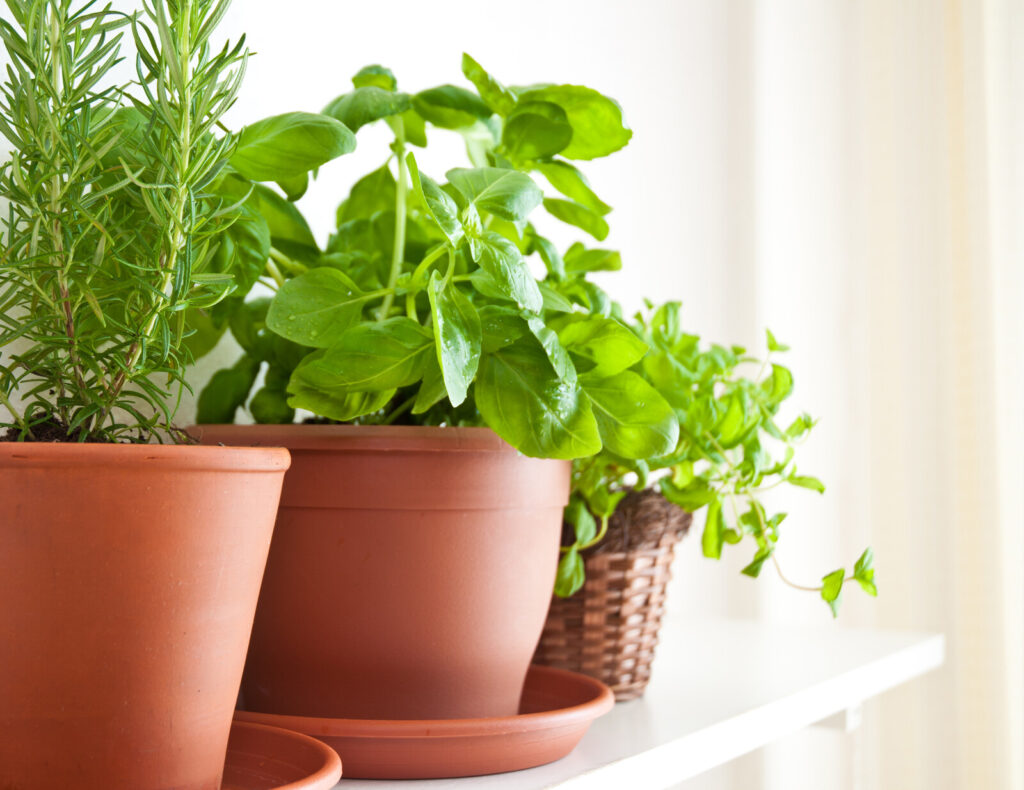
Tender Herbs vs Hard Herbs
So, how to distinguish tender herbs from hard herbs? The former are the more delicate ones with soft, grass-like stems, and usually plump looking leaves while the latter, also called woody herbs, have wood-like and stiffer leaves.
Examples of tender herbs includes tarragon, cilantro, mint, dill, and parsley. Hardy or woody herbs on the other hand includes rosemary, chives, thyme, sage, and lavender. Tender herbs are typically added towards the end of the cooking to preserve its flavor and aroma. Woody herbs on the other hand can be added while cooking because it can withstand longer cooking times.
Now, that you know which is which, here are the three ways on how to store fresh herbs:
3 Ways to Store Fresh Herbs
Again, it would be lovely if you can easily access fresh herbs whenever you need one when cooking, but most of us buy ours in the farmer’s market. (And even if you do have an herb garden at home, it still pays to know how to store fresh herbs). So, here are the 3 ways on how to store fresh herbs.
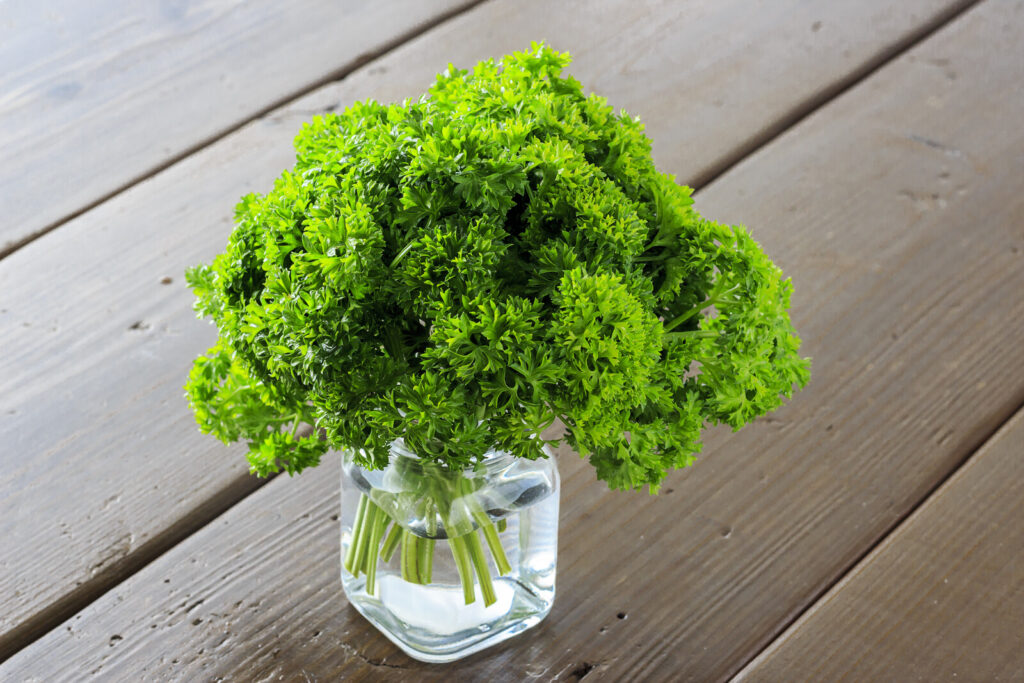
Refrigerating
Fridge is really our friend when it comes to preserving or prolonging the life of foods – and this holds true even with herbs. Refrigerating them helps in maintaining their freshness for up to 3 weeks.
- Thoroughly wash the herbs and let it dry by laying on top of a paper towel or kitchen towel. You can also use a salad spinner if you have one to get rid of extra water.
- Trim an inch or so from the bottom of the herbs and pick leaves that are already wilted, yellowing, or showing signs of browning already.
- Now get a jar, or any container that can hold water (make sure, it’s not too big that it will take too much space in the fridge), add a little water and then put the herbs in it like you would a bouquet of flowers.
- Get a plastic bag, ideally a recycled one from your other grocery items for instance, and loosely cover (so you don’t squish the leaves) the jar with herbs. If you used a jar or container that is big enough that the entire herbs are in it – you can just use its lid to cover it (just make sure that even if the herbs are in the jar, only it’s bottom stem is touching the water).
- Simply refrigerate the jar now. Change the water every few days – to me it works changing it every two days.
- Hardy herbs (and even tender herbs, to some extent) can also be stored in the fridge by simply wrapping them in a damp paper towel and then placing it in a storage container or Ziploc bag.
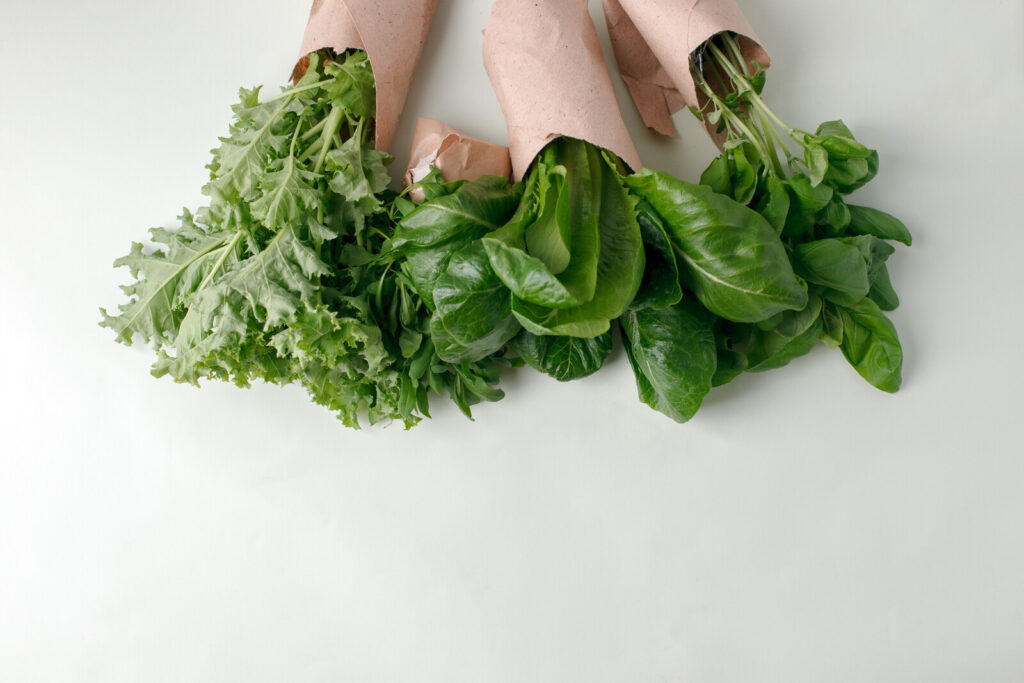
Freezing
Yes, you can actually freeze these herbs so that you can store them for longer – for up to 12 months. In fact, there are herbs that can hold its flavor better compared to when it’s dried. There are 3 ways from you to freeze herbs:
- After washing and drying the herbs, you can lay them flat (could be leaves or stems only) in a single layer on a cookie sheet and then freeze them. Once they’re frozen, you can then place them in a freezer bag for storage. This way, you can simply get the number of leaves or stem quantity that you need because they’re frozen individually.
- After washing and drying the herbs, you can roughly chop them and freeze them with oil in ice cube trays. Using oil with neutral flavor is best of course, but olive oil also works if it complements the flavor of the particular herb you’re freezing. You can also use plain water instead.
- After washing and drying the herbs, you can roughly chop them and place it (with oil) in a Ziploc bag. Make sure that the content is just enough that you can lay the bag flat after squeezing out the excess air. The idea is to freeze the bag as flat as possible, about half an inch thick. This is preferred by some instead of the ‘cubed herbs’ which takes longer to melt or cooks unevenly when used in sauces or other dishes.
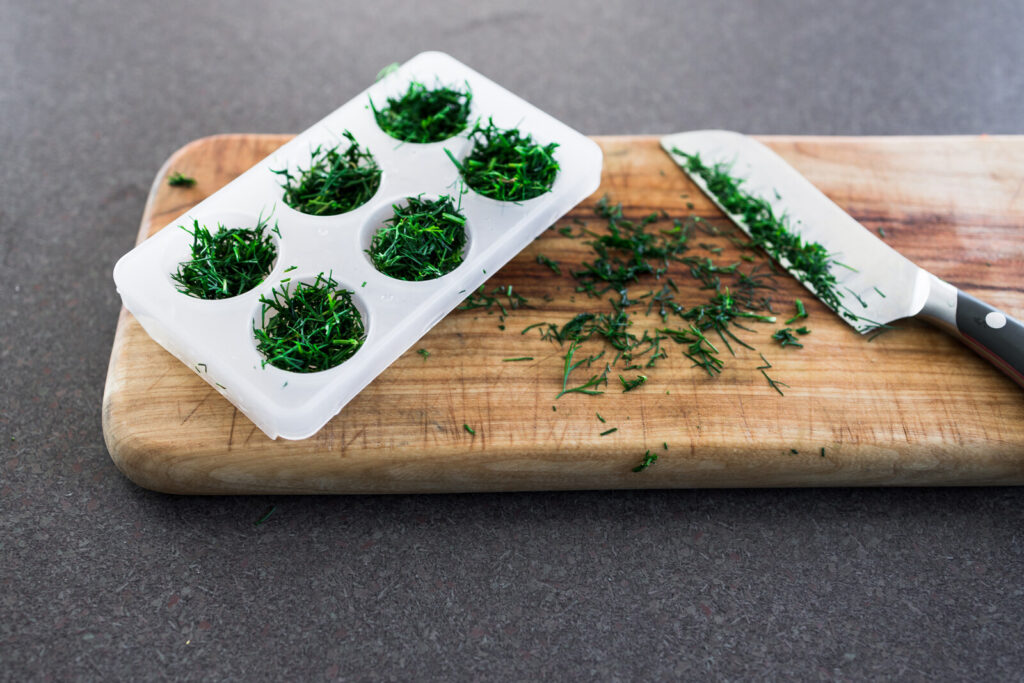
Drying
It turns out that among the different methods of preserving herbs, drying is the easiest one. Not to mention they also typically lasts 1 to 3 years. And it works both for tender and hardy herbs, too! But of course, given that tender herbs have more moisture it can easily grow mold if they’re not dried quickly.
After washing the herbs, dry them and pick the wilted or yellowing leaves and browning stems. Once they’re ready and prepped, dry them either with:

- Air drying – Just tie the herbs in small bundles and simply hang them to dry. You can do that outdoors although drying them indoors will result in better color and flavor retention. The hardy herbs like rosemary, thyme, or sage are the easiest herbs to dry even with just air drying.
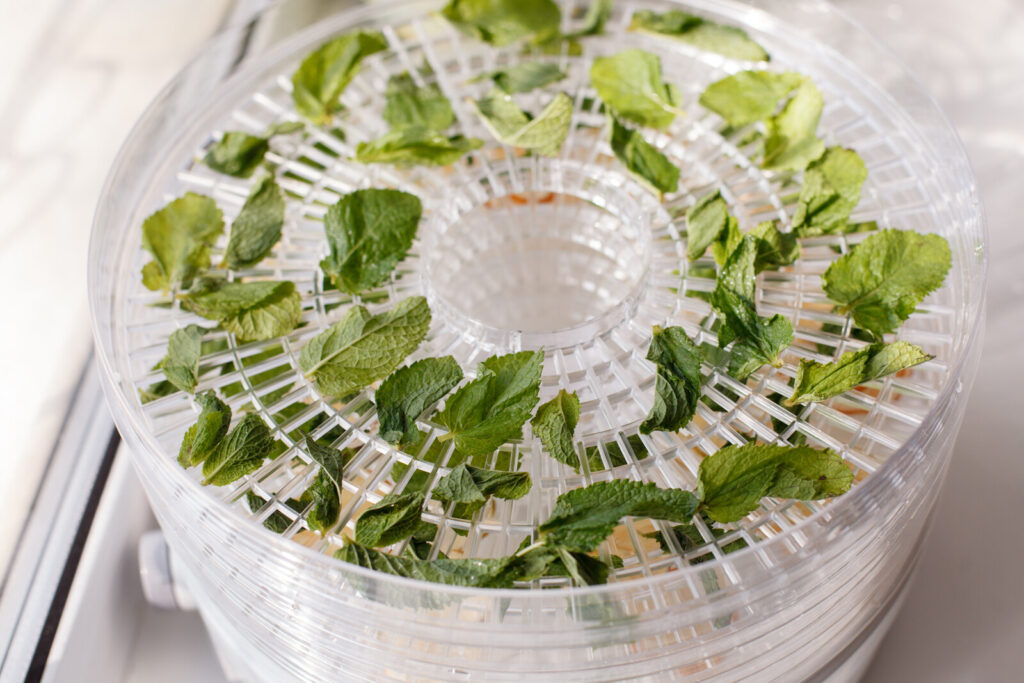
- Dehydrator – Depending on the capacity of your dehydrator, the number of hours may vary to completely dry them – you’ll know they’re ready when the leaves and stems can easily be crumbled with a simple pinch or between your fingers. Just remember to arrange them in single layer on dehydrator trays.
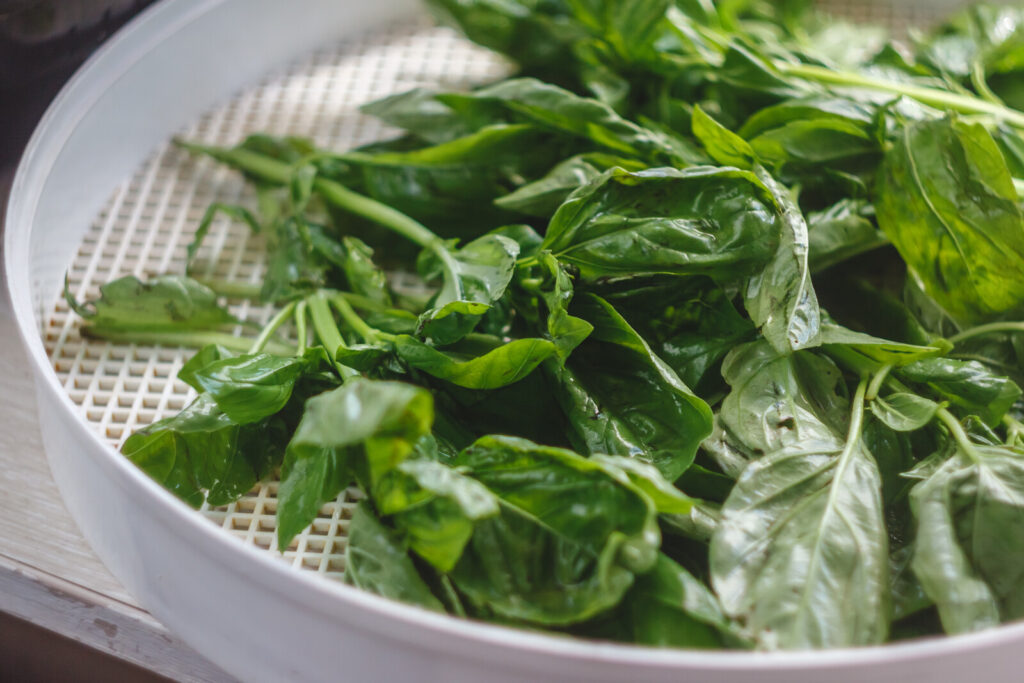
- Microwave oven – If the herbs you’re trying to dry are in small quantities, then the microwave oven will do just fine. Check the instructions that comes with your microwave oven before drying them or you can gauge the doneness or dryness of the herbs if they easily crumble with minimal pressure. Again, the key is to lay them evenly in a single layer.
Take note though that dry herbs can be 3 to 4 times stronger that their fresh counterpart, so adjust the quantity when you’re using dry herbs.
Bonus Tips
Here’s another tip on how to store fresh herbs: by making herbed butter!
Yep, just finely chop the herbs (after washing and drying of course), blend it thoroughly with room temperature butter (unsalted or salted, up to you!), and if you want, a pinch of salt or lemon zest as well. Form the ‘herbed butter’ now into a log using a parchment paper with the help of spatula and simply refrigerate it.
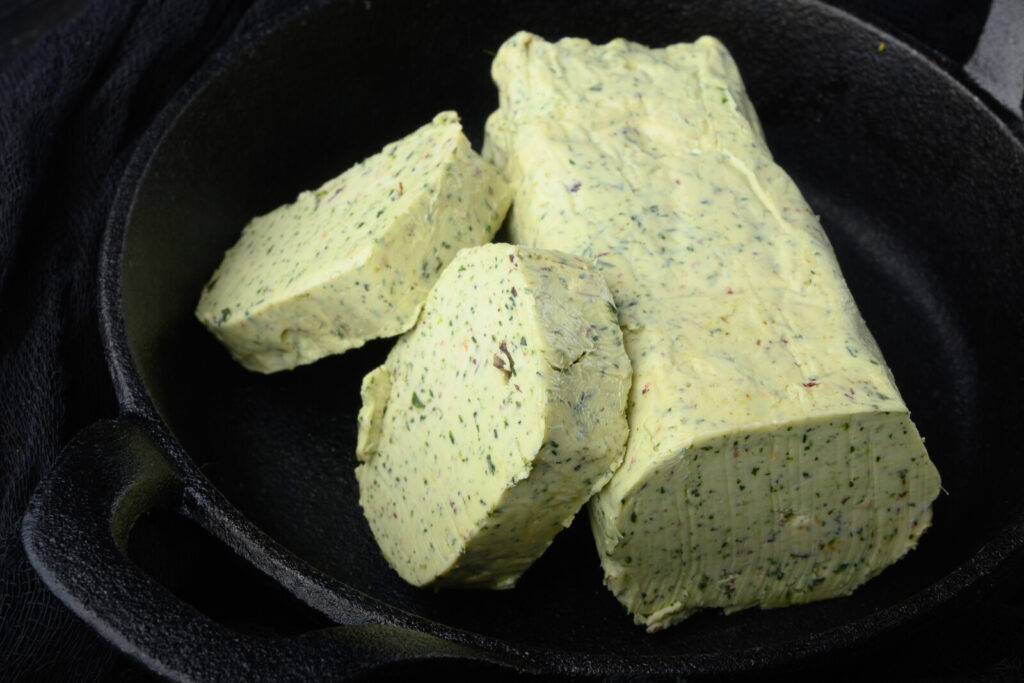
Herbed butter is also called compound butter. It usually lasts for about a week when refrigerated and up to a month when kept in the freezer.
Herbed butter can be used in enhancing the flavor of your dishes like grilled steak, sauteed veggies, mashed potatoes, toasted bread, soups, and more.
Now that you know how to store fresh herbs, make sure that you don’t let your herbs go to waste the next time you buy them (or the next time the friendly neighbor offers you some). Just choose which method will work best for you and which one you preferred using when cooking – for instance, when making soups or stews, I’m fine with using ‘herbed cubes’ but when sauteing veggies, pasta, or what not, I’d rather use the refrigerated ones.
